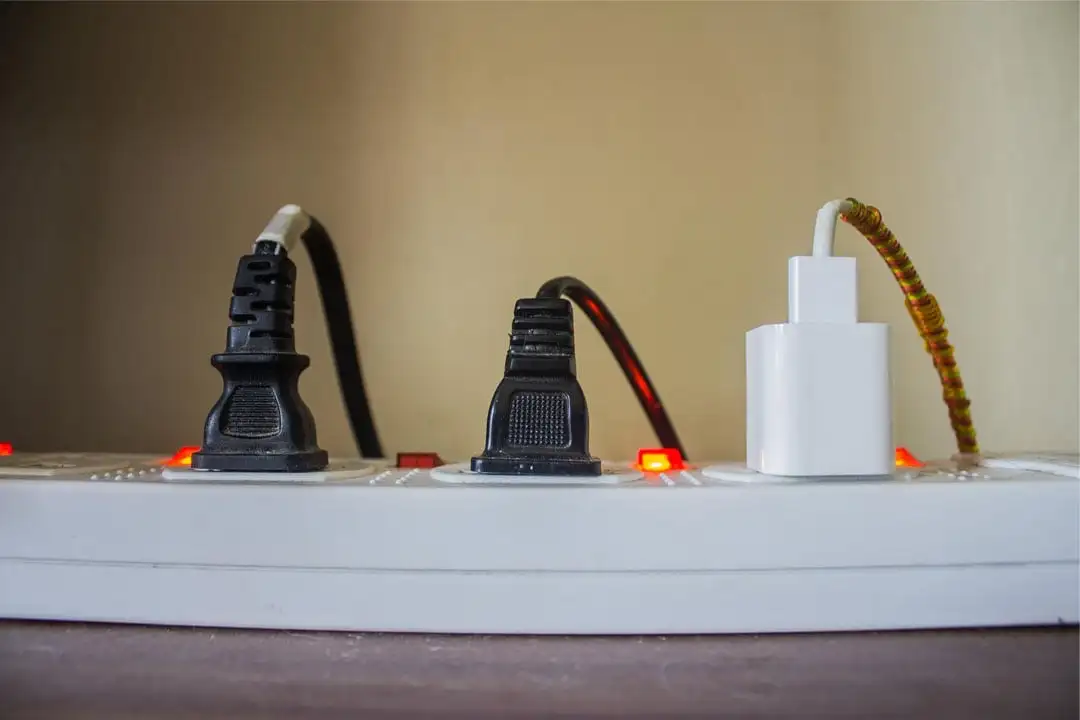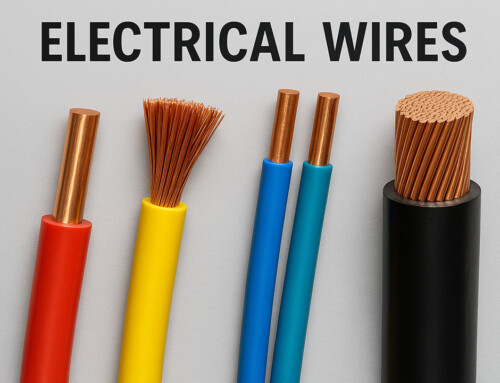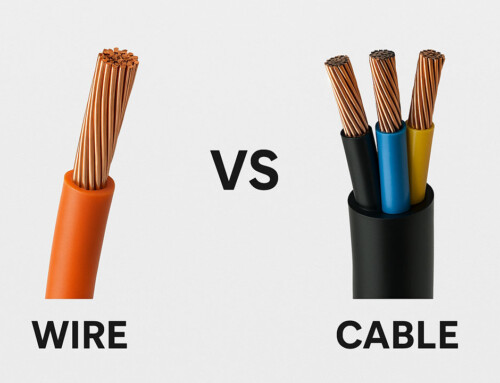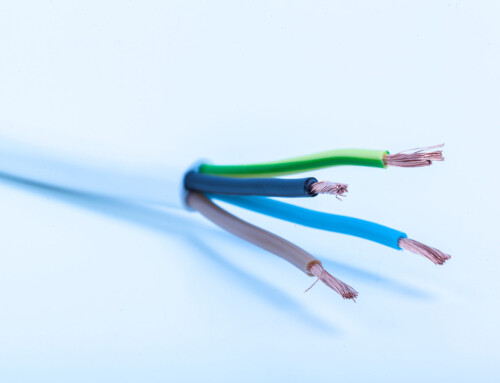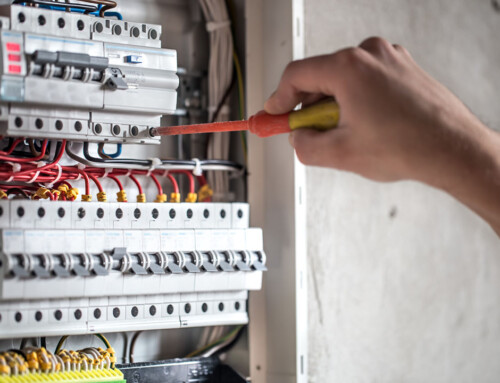Table of Contents
In today’s fast-paced world, your dependence on electrical devices is greater than ever. From smartphones and laptops to kitchen appliances and entertainment systems, the average household hosts a variety of gadgets that require power.
However, the more devices you plug in, the higher the risk of electrical issues, particularly overloaded circuits. It can lead to various problems, from flickering lights to potential fire hazards. But don’t worry. By gaining enough knowledge about electrical overload in circuits, you can ensure electrical safety and extend the lifespan of your electrical system.
This extensive guide explores what an overloaded electrical circuit is, its warning signs, dangers, causes, and how to prevent it.
What is an Overloaded Circuit?
An overloaded circuit occurs when the electrical demand of devices connected to a circuit exceeds the circuit’s capacity, typically measured in amperes. In simpler terms, if you have too many devices plugged into one circuit, it can become overloaded.
Most household circuits are designed to handle electrical loads of around 15 to 20 amps. When this limit is surpassed, the circuit breaker trips to prevent overheating, which could otherwise lead to electrical fires.
The National Fire Protection Association (NFPA) reports that electrical failures or malfunctions are the leading cause of home fires, accounting for approximately 13% of all reported home fires. Thus, understanding what an overloaded circuit is can potentially save lives and properties.
What are the Typical Warning Signs of Overloaded Circuit?
Recognizing the signs of an electrical overload is the first step towards preventing potential dangers. Here are some indicators that you must be aware of:
-
Strange Noises
Unusual sounds, such as buzzing or crackling, coming from outlets or the electrical panel can indicate an overload. These noises often signal that the wiring is under stress and should be inspected immediately.
-
Frequent Tripping of Circuit Breakers
If you find that your circuit breaker frequently trips , that’s a clear sign that something is amiss. Circuit breakers are designed to trip when the current exceeds its limit, which is a protective measure against overheating.
-
Burning Odors from Outlets/Switches
A burning smell coming from outlets or switches is a serious warning sign of an overloaded circuit. This can indicate that the wiring is overheating, which can lead to a fire if not addressed promptly.
-
Flickering Lights
If your lights flicker when you turn on certain appliances, it’s a sign that your circuit is struggling to handle the combined load. This flickering can range from mild to alarming, but it should never be ignored.
Risks Associated With Overloaded Circuits
The potential overloaded circuit hazards extend beyond mere inconvenience. Understanding these dangers can encourage you to take preventive measures.
-
Damage to Devices and Appliances
An electrical overload can not only damage your electrical system but also the devices connected to it. Sudden spikes in electricity can shorten the lifespan of appliances and lead to costly repairs or replacements.
-
Fire Hazard
One of the most significant risks of overloaded electrical circuits is fire. According to the NFPA, electrical fires were responsible for nearly 51,000 reported incidents in the U.S. in 2018 alone. Overloaded circuits can generate heat, leading to ignition of nearby materials.
In 2023, fire departments across the United States tackled about 1.39 million fires. It’s a stark reminder of the importance of electrical fire safety and awareness.
-
Power Outages
Frequent circuit overloads can lead to unexpected power outages, which can disrupt daily life and hamper productivity.
-
Electric Shocks
An overloaded circuit can pose a shock hazard, especially if there are any exposed wires or faulty outlets. Electric shocks can cause severe injuries and should be taken seriously.
Causes of Electrical Circuit Overload
Understanding the root causes of overloaded circuits can help you to ensure electrical overload protection. Here are some of them:
-
Insufficient Capacity of Electrical Panels
Older electrical panels may not provide enough capacity for current electrical demands. If your home frequently experiences overloads, it may be time for an upgrade.
-
Old or Faulty Wiring
Faulty or old wiring may not handle modern electrical loads efficiently. As technology advances, older homes may need electrical system upgrades to meet current demands.
-
Excess Usage of Power Strips and Extension Cords
While extension cords and power strips offer convenience, over-reliance on them can lead to overloaded circuits. Always check the specifications to ensure you are not exceeding the recommended load.
-
Multiple Devices on One Circuit
Many households attempt to maximize outlet usage, leading to too many appliances connected to a single circuit. This practice can quickly lead to overload.
How to Prevent a Circuit Overload?
Prevention is always better than cure. Here are some effective strategies and tools to avoid circuit overloads:
-
Surge Protectors
Investing in quality surge protectors can help safeguard your devices from spikes in electricity. They distribute power evenly and protect against overloads.
-
Distribution of the Load
Ensure that high-wattage appliances are distributed across multiple circuits. Avoid connecting too many devices to a single outlet.
-
Energy-Efficient Devices
Opt for energy-efficient appliances that consume less power. The U.S. Department of Energy recommends Energy Star-certified appliances as they use less energy than standard models.
-
Unplugging of Unused Devices
If you have devices that you don’t use regularly, consider unplugging them when not in use. This reduces unnecessary load on your circuits.
-
LEDs
Switching to LED lighting can significantly reduce your electricity consumption. On average, LEDs use at least 75% less energy than traditional incandescent bulbs and last 25 times longer.
-
Electrical Upgrades
If your home frequently experiences overloads, consider upgrading your electrical panel or wiring. A licensed electrician can assess your system and recommend the best solutions.
-
Knowledge About the Electrical Load Capacity
Familiarize yourself with the load capacity of your circuits. You can find this information on the circuit breaker or consult a professional electrician.
Overloaded circuits are a serious issue that can lead to various dangers, including fire hazards, damage to appliances, and electric shocks. By recognizing the signs and understanding the common causes of circuit overload, you can take proactive steps to prevent overload in your home.
Remember, when it comes to electricity, knowledge is power. The more you learn, the safer your home can be! If you are interested in further information on electrical safety, check out our related blogs and keep your home secure and efficient.
Ready to make your home safer? D&F Liquidators has all the electrical supplies you need for grounding projects, from grounding wires to outlets. Explore our collection today and ensure your home is equipped to handle your electrical needs safely.
FAQs for Electrical Load Calculation and Circuit Safety
How do I estimate the electrical load for home devices?
To calculate the electrical load for your home appliances, you need to determine the wattage of each device. You can usually find this information on the appliance’s label. Add up the wattage of all the appliances you plan to use simultaneously.
To convert watts to amps, divide the total wattage by the voltage of your electrical system (typically 120V or 240V in homes). This gives you the total amperage used.
Can an overloaded circuit get fixed on its own?
No, an overloaded circuit won’t fix itself. If you experience frequent tripping, it’s essential to redistribute the load among circuits or consult with a qualified electrician to upgrade your system.
Is it ok to replace a breaker without turning off the power?
No, it is not safe to replace a breaker without turning off the power. Doing so poses a risk of electric shock and can cause damage to your electrical system. Always ensure that the main power supply is turned off before attempting to replace a circuit breaker.
What is the difference between a short circuit and an overload?
A short circuit occurs when electricity takes an unintended path, usually due to damaged wires or faulty connections, causing a sudden surge of current. An overload, on the other hand, happens when too many devices draw more current than what the circuit can handle, leading to overheating. Both situations can trip breakers but stem from different issues.

